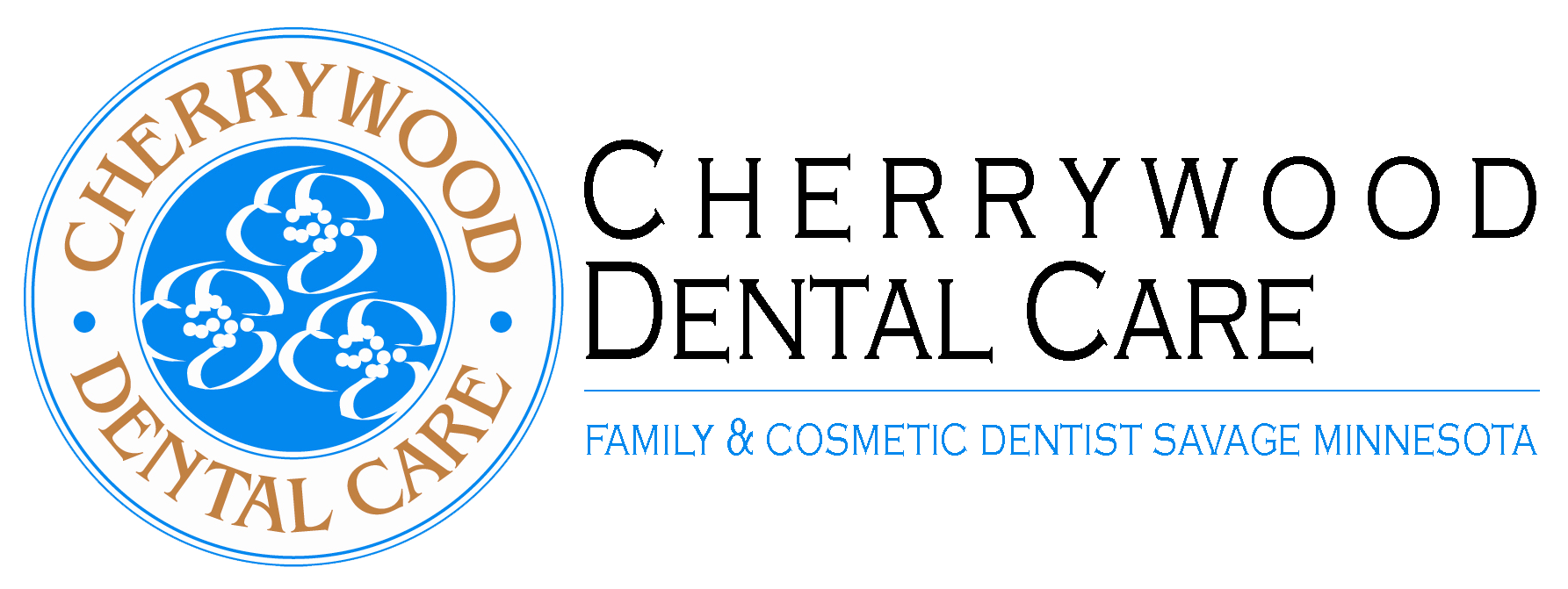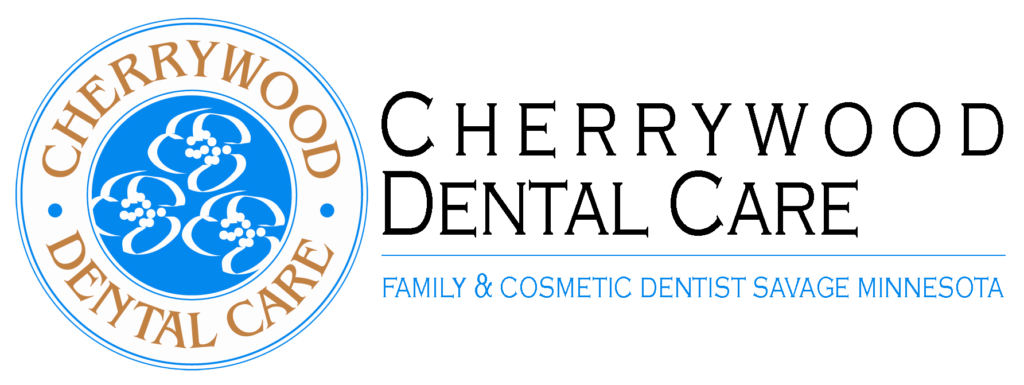How Much Does Emergency Dentistry Cost?
No one ever expects emergencies, but they do occasionally happen. The best way to prepare for an emergency is to gain as much information as you can about costs, time frame, and any other repercussions that may arise. In the case of a dental emergency, knowing what to expect can help soften the blow of the emergency itself, especially with regard to cost. Several things affect the cost of emergency dental procedures, including the severity of the dental emergency, the location of the office, and the number of teeth affected. Some of the most common emergency dental procedures are root canal treatments, tooth extractions, filling cavities, and finishing crowns.
The first common emergency dental procedure, a root canal treatment procedure, is performed when the soft, pulpy tissue that makes up the root of the tooth becomes infected. When not treated in a timely fashion, this infection may spread to adjacent areas of the face and neck, so it’s important to address early on. The root canal procedure is one of the more costly emergency dental procedures, though cost varies based on multiple factors When the infected tooth is a front tooth, average cost for an uninsured patient is $700-$900. When the tooth is an intermediate tooth with more than one root, like a bicuspid, average cost is $800-$950. Molars, which have the most roots of all the teeth, can cost from $1,000-$1,200. While these costs may be higher in certain geographic locations, like the coasts, the national averages are in line with these prices.
Many patients seek emergency dental care to extract, or pull, a tooth. If your tooth is infected or fractured, and it has been determined that a root canal will not effectively treat the problem, an emergency dental extraction may be necessary. If the tooth has erupted through the gum, the price for a non-surgical extraction ranges from $75-$300. If the tooth is impacted in the gum or will require anesthesia for another reason, the price ranges from $200-$600. Patients usually take 2 or 3 days to recover and generally find it beneficial to have an excessively rotted tooth removed.
Emergency dentists also fill cavities, especially in cases of slight fracture, decay, or surface damage. Emergency dentists use common filling materials, like silver amalgam and resin-based composite material, to even out the tooth’s surface with a filling. A silver amalgam filling costs, on average, $110-$200 per filling. Resin-based composite fillings, which match the color and appearance of the surrounding teeth, generally cost between $135 ane $240 per filling.
Emergency dentists also craft, install, and repair dental crowns. Dental crowns are used to repair and enhance discolored or broken teeth, or to protect damaged teeth. They are installed by screwing them onto dental implants that are planted in the gums and jaw. Dentists usually prefer to use porcelain crowns for visible teeth, as they match the adjacent teeth in appearance and texture. These porcelain crowns require more than one dental visit and cost between $1,200 and $1,500 per crown. Metal crowns may be used for teeth in and near the rear of the mouth. Metal crowns are much more durable than porcelain crowns, and they cost between $1,200 and $1,400 per crown. Some dentists prefer to use metal crowns with porcelain fused to them, which are generally slightly less expensive, at an average cost between $1,000 and $1,150 per tooth.
Knowing in advance what to expect when paying for a dental emergency may help encourage you to seek treatment when necessary and to practice regular preventative oral hygiene habits. You may want to call the emergency dentist near you, to gauge whether these price ranges are accurate in the area in which you live, and you may want to look into purchasing dental insurance if this is an option for you. Overall, the best way to reduce or avoid these costs is with twice-daily brushing, daily flossing, and having your teeth professionally cleaned by a dental hygienist twice a year.
More on Emergency Dentistry : What is Emergency Dentistry?

